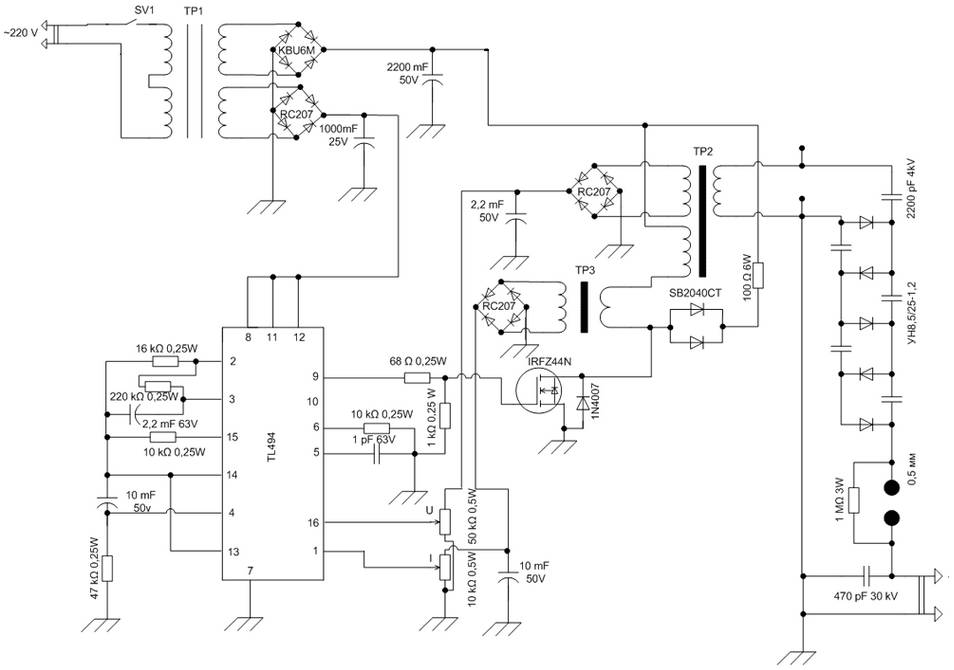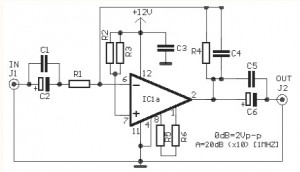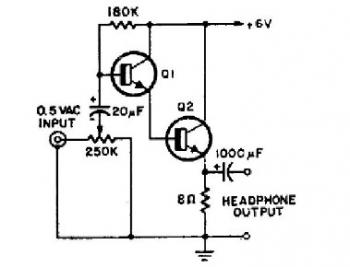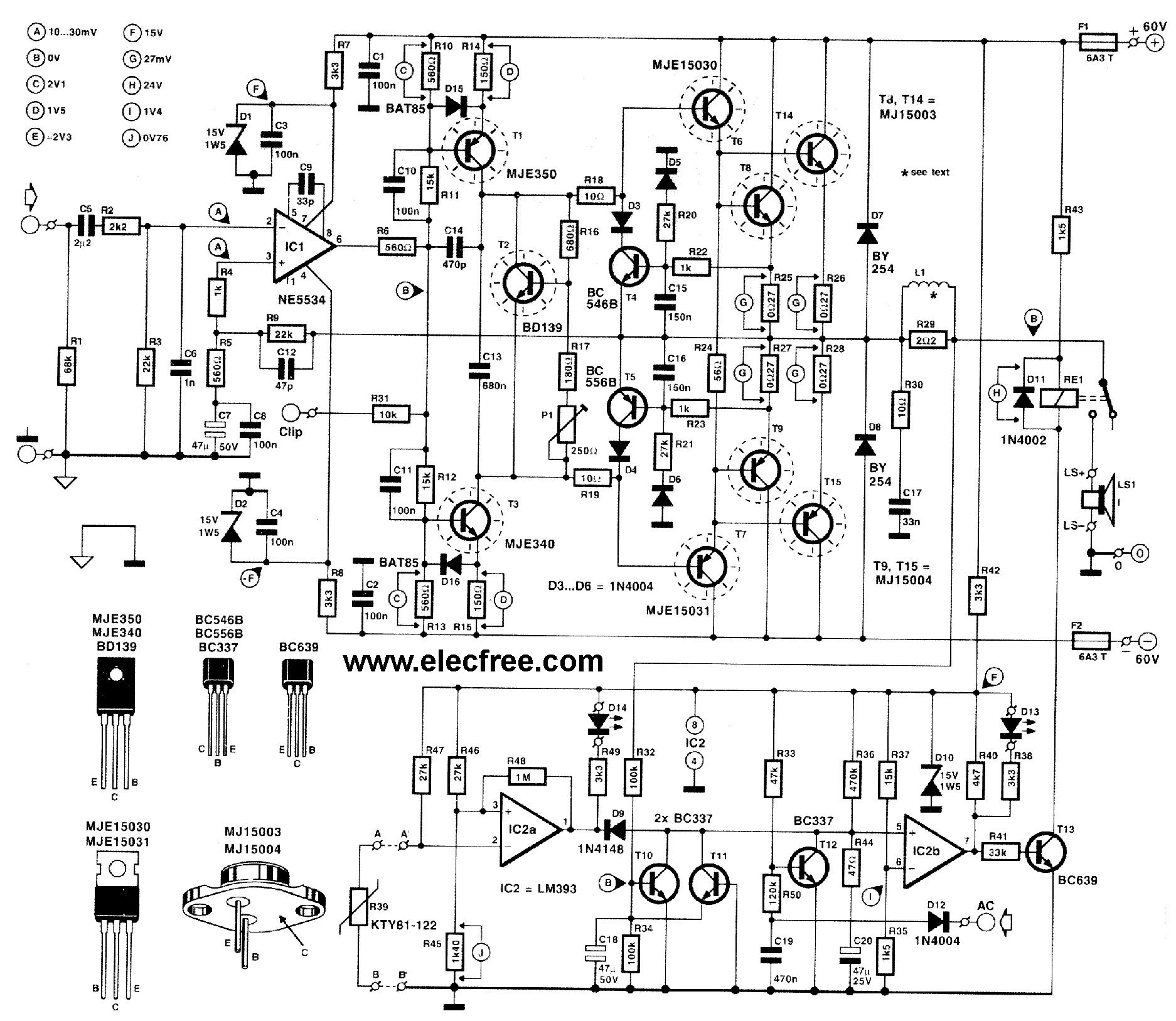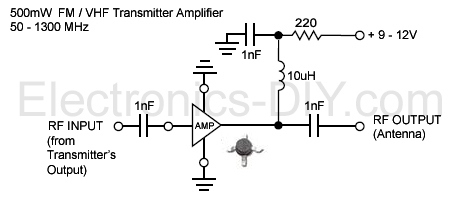
Amplifier power supply
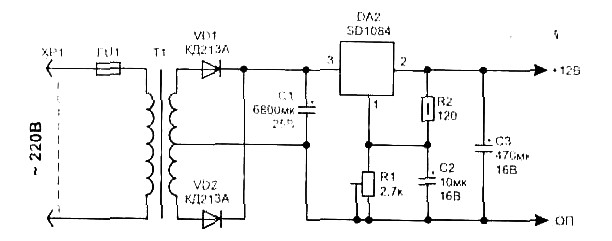
This achievement demonstrates the feasibility of creating a balanced dynamic microphone preamplifier, which is relatively straightforward. This preamplifier is particularly well-suited for microphones with an output impedance ranging from 200 ohms to 600 ohms. The advantages of this preamplifier are notable.
The balanced dynamic microphone preamplifier described is designed to amplify low-level audio signals from dynamic microphones while maintaining a low noise floor and high fidelity. The circuit typically employs an operational amplifier (op-amp) configured in a differential mode to achieve a balanced input. This configuration helps to reject common-mode noise, making it ideal for use in environments with potential electromagnetic interference.
The input stage of the preamplifier consists of a transformer or a differential input circuit that connects to the microphone. The transformer serves to match the impedance of the microphone to the preamp, ensuring maximum power transfer and minimizing signal loss. The use of a transformer also provides galvanic isolation, which can further reduce noise and hum.
Following the input stage, the signal is processed by the op-amp, which amplifies the audio signal. The gain of the preamplifier can be adjusted using feedback resistors, allowing for flexibility in accommodating various microphone output levels. Capacitors may be employed to filter out unwanted high-frequency noise, ensuring that the amplified signal remains clean and clear.
The output stage of the preamplifier is designed to drive a load, such as a mixing console or audio interface, with a balanced output signal. This output can be configured as either a low-impedance or high-impedance signal, depending on the application requirements. Additional features such as phantom power can be included, allowing for the use of condenser microphones alongside dynamic types.
Overall, the design of this balanced dynamic microphone preamplifier emphasizes simplicity and effectiveness, making it a practical choice for audio professionals seeking reliable performance in various recording and live sound scenarios.This achievement shows that it is possible to create a balanced dynamic microphone preamp, it is relatively simple. This preamp is particularly suitable for microphones with an output impedance of 200 ohms to 600 ohms.
The advantage of the preamplifier. 🔗 External reference
The balanced dynamic microphone preamplifier described is designed to amplify low-level audio signals from dynamic microphones while maintaining a low noise floor and high fidelity. The circuit typically employs an operational amplifier (op-amp) configured in a differential mode to achieve a balanced input. This configuration helps to reject common-mode noise, making it ideal for use in environments with potential electromagnetic interference.
The input stage of the preamplifier consists of a transformer or a differential input circuit that connects to the microphone. The transformer serves to match the impedance of the microphone to the preamp, ensuring maximum power transfer and minimizing signal loss. The use of a transformer also provides galvanic isolation, which can further reduce noise and hum.
Following the input stage, the signal is processed by the op-amp, which amplifies the audio signal. The gain of the preamplifier can be adjusted using feedback resistors, allowing for flexibility in accommodating various microphone output levels. Capacitors may be employed to filter out unwanted high-frequency noise, ensuring that the amplified signal remains clean and clear.
The output stage of the preamplifier is designed to drive a load, such as a mixing console or audio interface, with a balanced output signal. This output can be configured as either a low-impedance or high-impedance signal, depending on the application requirements. Additional features such as phantom power can be included, allowing for the use of condenser microphones alongside dynamic types.
Overall, the design of this balanced dynamic microphone preamplifier emphasizes simplicity and effectiveness, making it a practical choice for audio professionals seeking reliable performance in various recording and live sound scenarios.This achievement shows that it is possible to create a balanced dynamic microphone preamp, it is relatively simple. This preamp is particularly suitable for microphones with an output impedance of 200 ohms to 600 ohms.
The advantage of the preamplifier. 🔗 External reference
